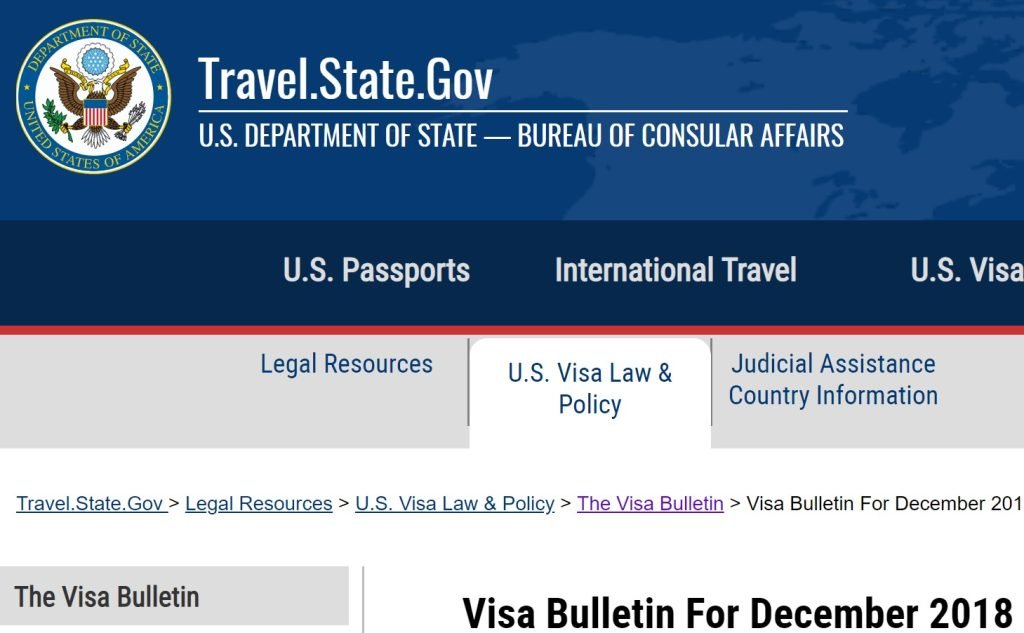The U.S. Department of State publishes a visa bulletin every month that shows where they are in the process of issuing green cards. This bulletin allows people to see how long it could be before a visa becomes available for them to be able to apply for their green cards.
The reason that this bulletin exists is that there is a cap on the number of green cards that are issued each year. This amount has not been increased in decades, and the number of people who have applied to get a green card has far exceeded the number of visas available, which has created a backlog.
For certain types of relatives who are considered “immediate relatives,” there is no waiting period, so this bulletin would not apply. Immediate relatives are considered to be spouses, parents, and unmarried children under 21 years old of U.S. citizens.
The family-based preference chart has several categories. F-1 is for unmarried adults who are children of U.S. citizens, F-2 is for spouses and unmarried children of green card holders, F-3 is for married children of U.S. citizens, and F-4 is for siblings of U.S. citizens.
As you can see, there is no category for married children of green card holders, siblings of green card holders, and parents of green card holders. What this means is that green card holders cannot petition for those family members.
There are two charts for the family-based preference categories and employment-based preference categories. The first table is a “Final Action Dates” chart. This chart shows which priority dates have reached the front of the line. This means that people who have the priority date that is showing on the chart are eligible to apply for a green card right now. You can find your priority date on your I-130 receipt notice or I-140 receipt notice.
The second chart is the “Dates for Filing” chart. This chart is mainly directed at people who are outside of the U.S. and waiting to apply for their green cards. This chart allows for people to get a head start in the process and submit all the documents that are required to get the process started, so when the final action date shows up on the visa bulletin, all the required documents will have already been submitted. For those who are in the U.S., this chart is matters because this would allow a person to send her green card application along with the work permit application and travel permit to USCIS, and not have to wait for the priority date on the final action chart to show up. The dates on the “Dates for Filing” chart are usually several months ahead of the dates on the “Final Action Date” chart.
The charts are also broken up by countries. When you see the letter “C,” that means that the priority date is current, and the person would be eligible to apply for a green card right away assuming that they have an approved petition.
Below is the June 2019 visa bulletin. You can also click here to see it.
FAMILY-SPONSORED PREFERENCES
A. FINAL ACTION DATES FOR FAMILY-SPONSORED PREFERENCE CASES

B. DATES FOR FILING FAMILY-SPONSORED VISA APPLICATION

EMPLOYMENT-BASED PREFERENCES
A. FINAL ACTION DATES FOR EMPLOYMENT-BASED PREFERENCE CASE

B. DATES FOR FILING OF EMPLOYMENT-BASED VISA APPLICATIONS

The US Department of State also archives the previous years’ bulletins, which you can find here. Looking at those may be helpful so you can see how fast, or slow, the visa bulletins have moved over time.
If you are in the U.S. and will be filing your green card application with USCIS, click here to see which chart USCIS has determined it will use for the month for accepting adjustment of status applications. It can differ each month so you will want to be sure to check.




Pingback: Specialty Chefs and Green Cards - Lawyer Linh